Bending radius and durability
Turning is another thing that often leads to mistakes. This is because at least another 4 cm (if not more) are added to the up to 14 cm height of the graphics cards after plugging them in when you have to bend the cable in front of the case’s side panel. So you can easily calculate with up to 20 cm if you want to be sure. But who has such a wide case? Let’s take a look at how far you can and may actually push this with bending. In the picture below, we see a distance of about 4 cm between the bottom of the connector and the wiring harness, with the 90° bend extending from about 2 cm. You can’t really get a smaller bending radius safely unless you do it particularly skillfully (and courageously). Therefore, the variant shown in the picture can still be considered safe and is also recommended by the manufacturer.
However, there are also (let’s call them cautious) optimists who take a rather nonchalant view of bending. By the way, the bending would be rather unproblematic if the connection were not “two-layered” and if there were not the evil leverage effect! For this, let’s consider the image below. If the cables were bent downwards at a 90° angle shortly after the connector, the bending radii would be different for the two layers! The 12V lines are up here, so the radius is also larger! The cable length remains the same, however, because the sleeve and the individual cables were lashed tightly at the end with a cable tie. When bending, it is therefore necessary to ensure that the lines are offset slightly and thus lie slightly next to each other (dashed line) and not directly on top of each other
If this is not done, then the cable cannot be subsequently tracked. But because you have to use a larger radius, it will inevitably pull the contact outward. And the closer you get to the connector, the more it will be damaged because the cables can no longer be moved next to each other in a slightly offset manner.
Power supply manufacturers and their experience
Since be quiet! had kindly provided me with enough cables to experiment with, I went all out with the crimped connections of the native cables. In the end, I was even brave enough to connect two cards to the tortured cables. Yes, even these plugs get more than hand-warm, but it’s not dangerous. My three 8-pins on the overclocked MSI RTX 3090 SUPRIM X are no less warm. However, anything below 70 °C is completely harmless even in a closed case and after an hour of load. Nylon 66 doesn’t even shake then, but is deeply relaxed in the socket.
The solder connections already criticized on the first page can of course be crimped like in the native cables. Then you no longer have the problem of damage to the stranded wire behind the solder or tearing off solder pads. Even though it is of course a typical sales catalyst: you should really switch to an ATX 3.0 power supply with a native cable or take the manufacturer of your power supply to task and insist on a 12VHPWR cable, which can also be equipped with the usual Molex connectors (2 x 8, or 2x 12) on the power supply side (depending on the vendor).
The adapter provided by NVIDIA should only be considered a stopgap solution in any case; this dumpling is not really pretty. Especially since it is not even ensured that the expensively paid efficiency label of, for example, an 80 Plus Titanium power supply is still valid after even more connectors and cables, because the specifications are clearly exceeded. By the way, I did most of the plug-in tests with my own board in the lab to avoid damaging the 12VHPWR connectors of the valuable graphics cards.
Here, the MSI RTX 3090 SUPRIM X had to be used again, whose power limit I set to 480 watts. With this board I could test the heating of the plugged 12VHPWR connection quite stress-free, especially since I could also attach Thermo Couplers for temperature measurement directly at the soldering eyes of the connectors. The Dark Power Pro 13 from be quiet! pictured above served as the power supply including the corresponding 12VHPWR cable or three individual PCIe cables with a 6+2 pin connector each.
Alternatively, I even tested the complete short circuit and fed this up to 480 watts of power dissipation from my lab power supply (Manson HCS 3400). The pins were about 4-5 °C hotter with the Astron adapter than with the NTK adapter after about 10 mating operations. However, the NTK adapter was only 1-2 °C warmer than the native, crimped original cable of the power supply, which did not show any significant changes even after 50 (!) connections.
Angle plug and angle cable
NVIDIA has unknowingly started a real third-party boom here. The fact that the board partners (according to their statements) were more or less strongly “urged” to only use the solutions provided by NVIDIA doesn’t need to be discussed, because you can’t afford any carelessness due to the complexity of the circumstances. That the board partner then refuses the RMA when third-party products come into play on the customer side is also somehow understandable. Whereby this definitely does not refer to the native connectors or accessory cables supplied by the power supply manufacturers, but to the potential fire accelerators from the Alibaba rummage shelf. I have seen a lot of misery in the meantime.
This also applies to 90° right-angle connectors, which have not yet been officially certified and which Molex has so far categorically excluded, e.g. because of the proximity of the cables and connectors. And what about dedicated right-angle adapters? The ply thickness of the angle blanks shown so far is likely to be mostly only the usual 35 µm (1 oz) for cost reasons, but at least 70 µm (2 oz) is recommended. Unfortunately, these boards are also much more expensive and at 105 µm (3 oz) all suppliers will probably drop out voluntarily. But I have the technical possibilities to test such products as well. So dear provider, dare and send me your angles!
Summary and conclusion
To what extent Astron can be blamed for the whole mess is something I cannot and will not judge. Ultimately, NVIDIA and its supplier will have to settle this among themselves. However, an interesting footnote here is that the upcoming GeForce RTX 4070 Ti is supposed to ship with a x2 adapter, which is unlikely to come from Astron this time. This has not been communicated to me by NVIDIA, but has already been confirmed by some board partners. However, we have seen that the causal chain of all possible problems and their consequences is so long and complex that there cannot be THE ONE and only reason.
The PCI SIG has to be blamed for setting up standards for connections that are neither field-tested nor do they take into account the possible interactions of the different influences up to the end user. On the one hand, you have to appreciate NVIDIA’s courage and perseverance to take on new things, since there was hardly any negative feedback up to the GeForce RTX 3090 Ti. On the other hand, the x4 adapter from Astron is a real complete disaster, also and especially when it comes to craftsmanship. One should really look for more practical and stable solutions at this point.
Finally, I’ll summarize all the problems that came up in the lab, and where possible, I’ll also include a workaround:
| Problem | Cause | Solution |
| Poorly fitting plug, straight plugging impossible |
Injection molding, Protruding casting residues |
Light chamfering with cutter knife, do not use contact grease! |
| Poor fitting connector, no snap in at the end |
Injection molding, Protruding casting residues, Poor locking mechanism |
Visual control by user |
| Hot contacts, Melting of the connector (1) |
Bent up Tulip contact by angled insertion or moving the connector afterwards |
Replacing the cable or adapter |
| Hot contacts, Melting of the connector (2) |
Bending the adapter or power supply cable |
Replacing the cable or adapter |
| Hot contacts, Melting of the connector (3) |
All relevant causes | Use ATX3 power supplies with native 12VHPWR connector or spare PSU cables (crimped in each case) |
| Insufficient gripping surface for the correct insertion to the end stop |
Cooler design | None |
| Insufficient gripping surface for the correct loosening of the Connection without bending |
Cooler design | None |
| Hot leads between adapter and PSU |
Adapter with broken solder joints or broken cable |
Exchange adapter |
| Hot plugs/sockets on the PSU side |
PSU design too weak | Replace PSU |
Of course, I stay in contact with all parties involved as well and frequently as possible and necessary. And I hope that the next article on this topic can then also present a solution to the adapter problem. By the way, I now only use the NTK adapters privately and have not had a single failure with them. Of course, it would be somewhat speculative to make a blanket statement as to whether this is pure coincidence or really indicates a better quality of contacts. But I already feel a little safer. And for the gaming system, thank goodness I have a native cable on the power supply. I already wrote that the adapters should only be a real emergency solution.














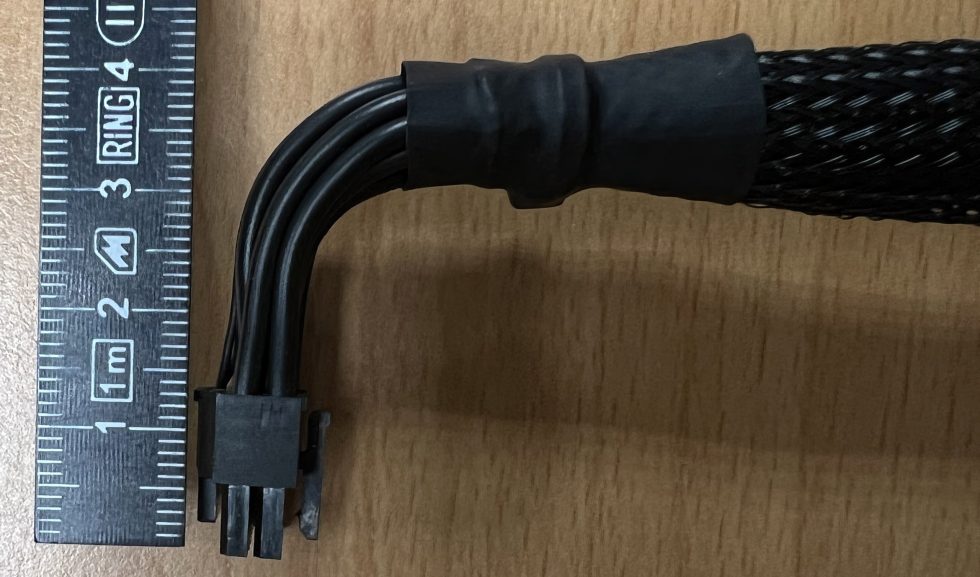
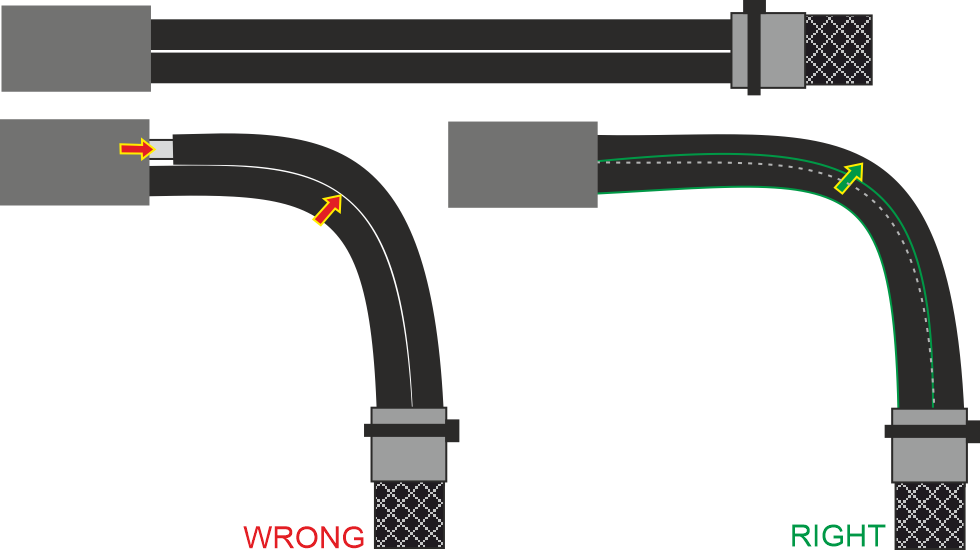
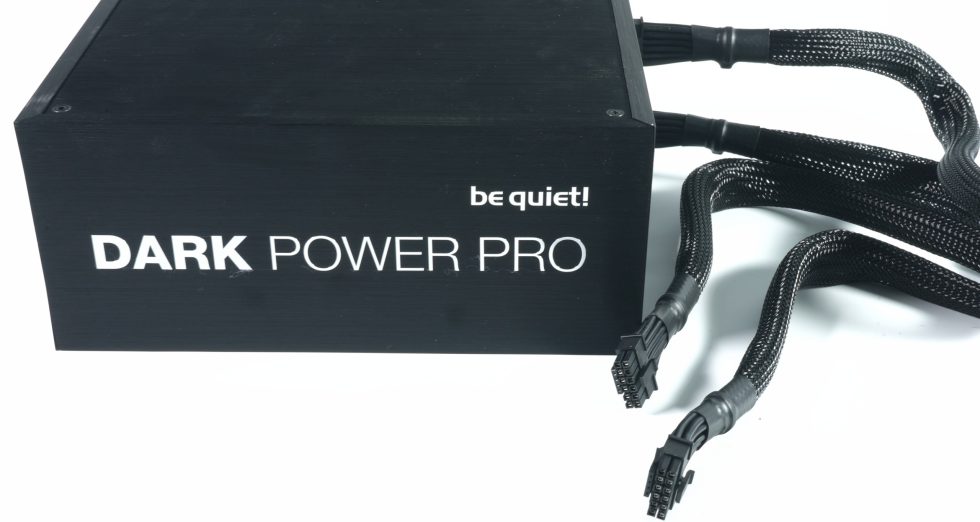
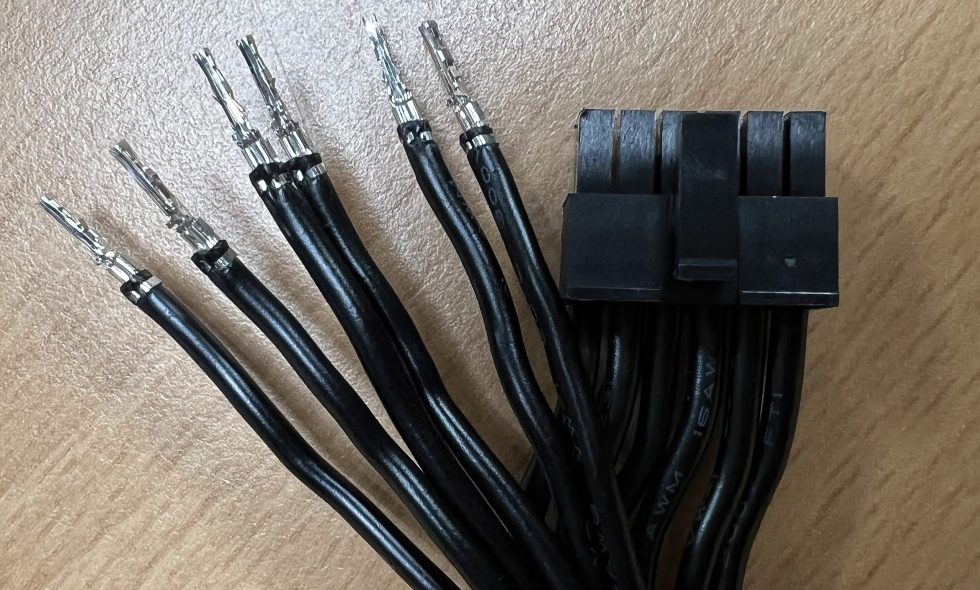
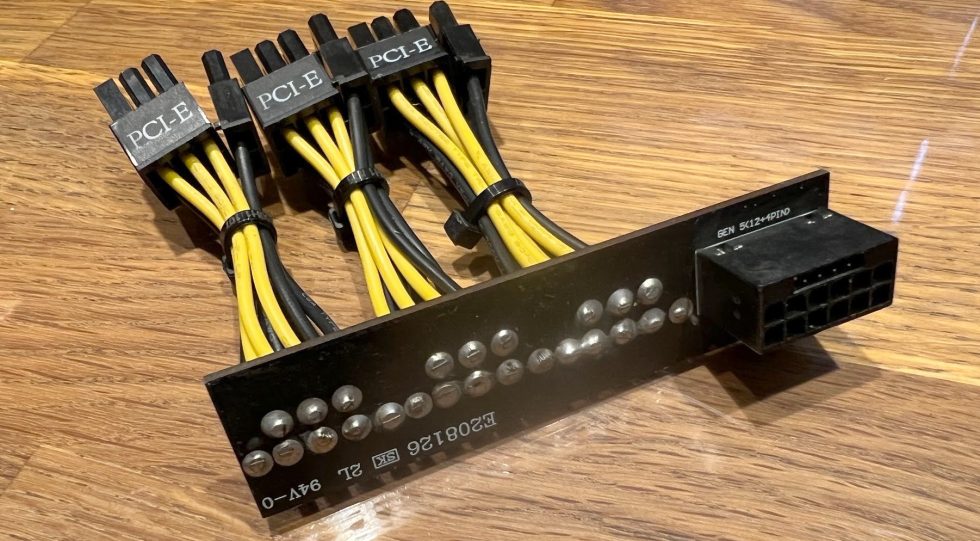
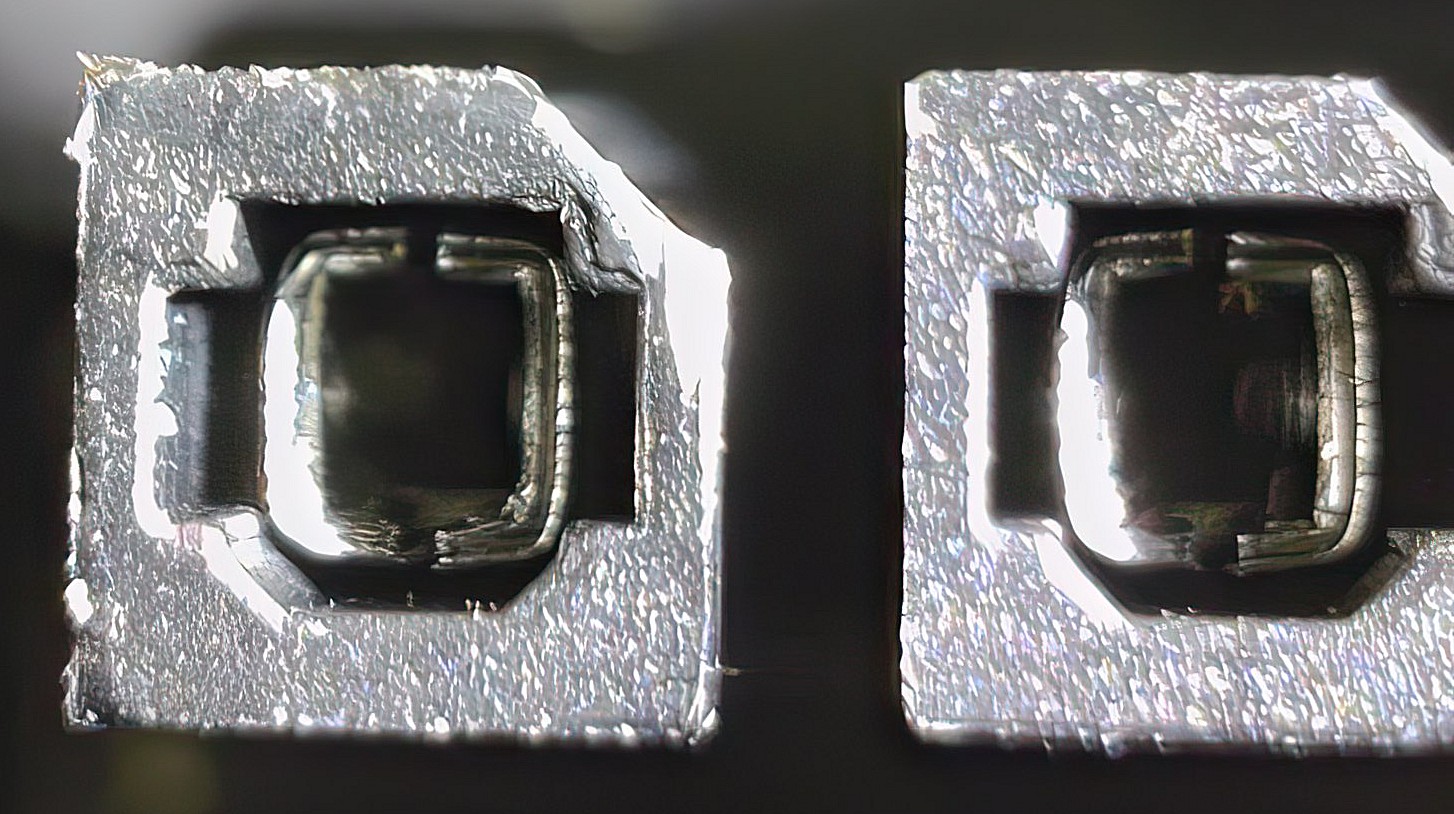

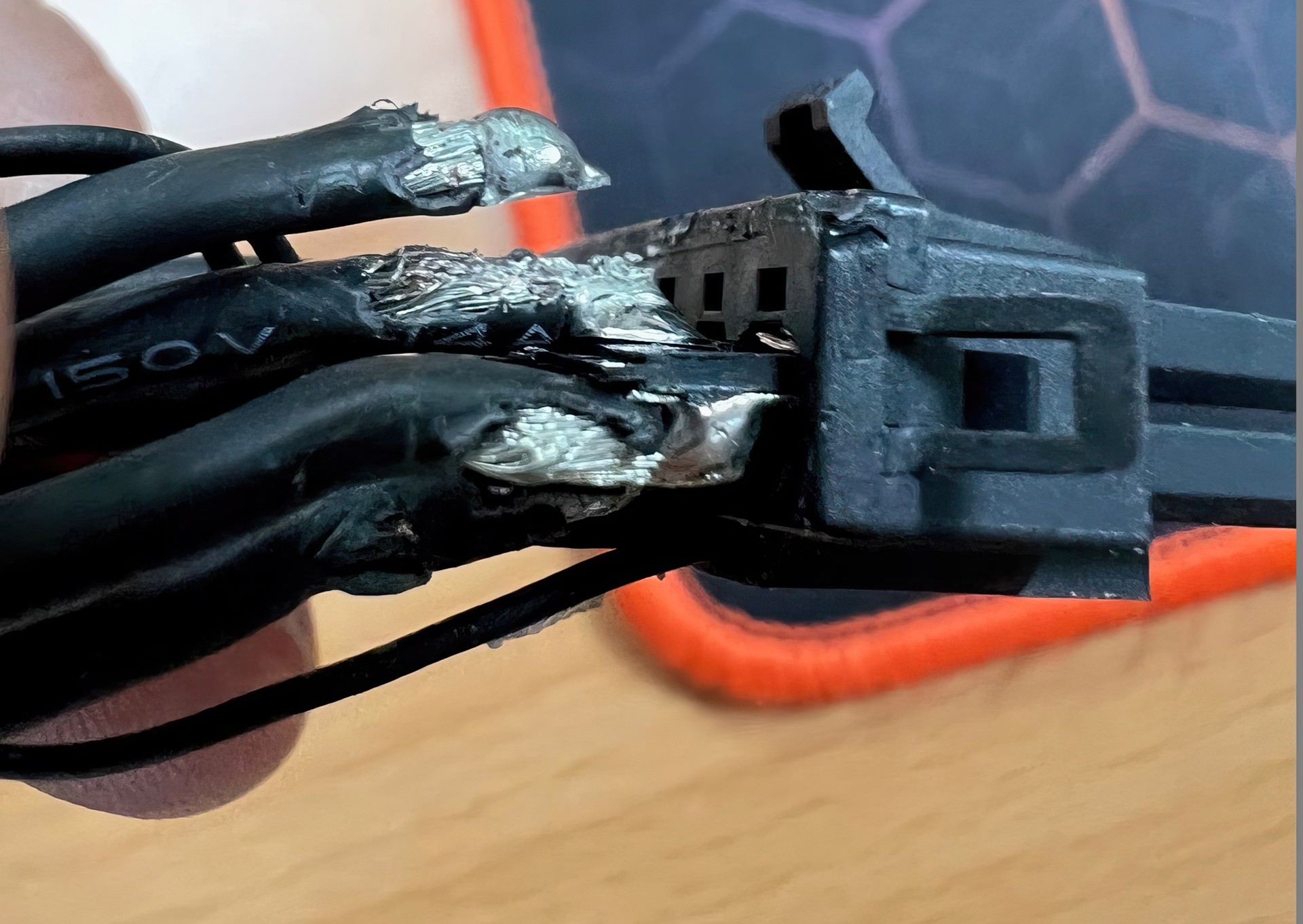

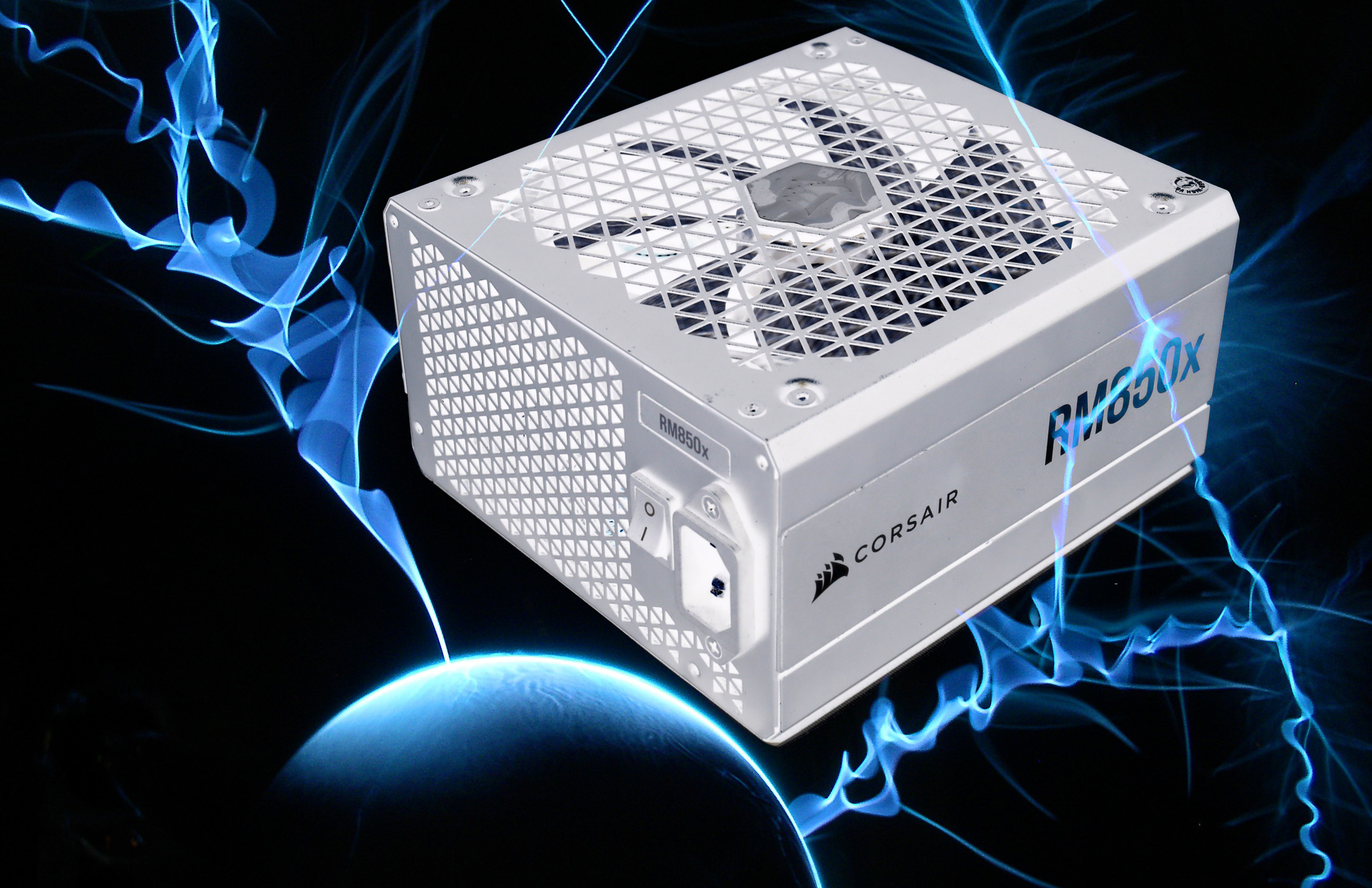
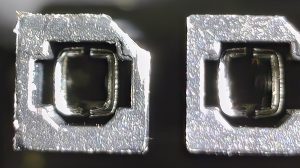
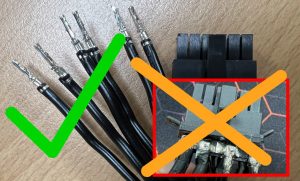
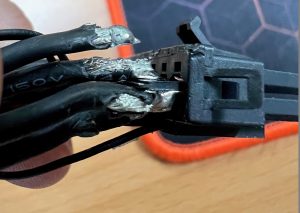
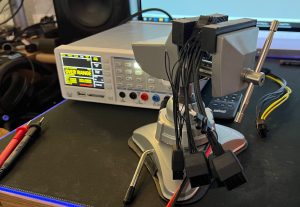
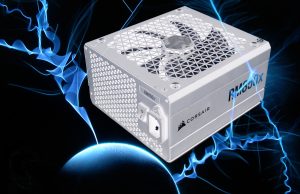




















321 Antworten
Kommentar
Lade neue Kommentare
Veteran
1
Urgestein
Urgestein
Urgestein
Veteran
Veteran
Urgestein
Mitglied
Mitglied
Veteran
Veteran
Veteran
Veteran
Veteran
Urgestein
Veteran
Veteran
Urgestein
Alle Kommentare lesen unter igor´sLAB Community →